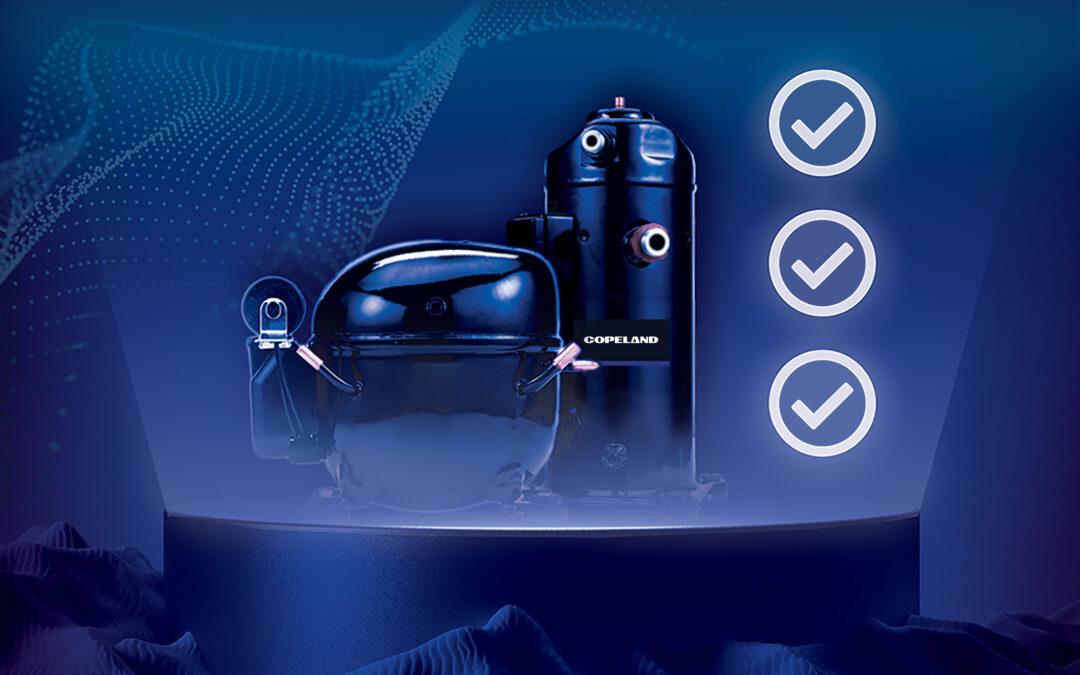*On June 1, 2023 Emerson’s Climate Technologies business became a new standalone company – Copeland. Though our name has changed, we are building on more than a century of HVACR innovation and industry leadership, and Copeland continues to offer the same products, industry stewardship, and learning opportunities you’ve grown to trust. Information found on this webpage posted before June 1, 2023 may contain our old name or branding, but you can be at ease knowing it was created with the knowledge and expertise of Copeland.

When you’re running a vintage diner in New York City, you encounter certain challenges when it comes to operating needs and space. Frank Tsantsouris, owner of the Manhattan Diner, faced these challenges head on while trying to add refrigeration capacity for his walk-in freezers and coolers.
Because of the diner’s location on the ground floor of a six-story building located just seven feet from a hotel next door, the contractor couldn’t install the often noisy, conventional condensing units on the roof or in the alley between the restaurant and the hotel. So, instead he got creative with an off-the-wall solution—the Copeland Scroll Outdoor Condensing Unit (XJ Series).
The XJ can be hung on the wall, which provided the contractor with the ability to elevate it 12 feet off the ground above the alley, still accessible for maintenance but out of the way of vandals or deliveries. With a unique fan blade design and variable speed fan motor, the XJ is also 11–16 decibels quieter than traditional models, so guests at the hotel won’t be disturbed either.
Tsantsouris could’ve went with indoor water-cooled condensing units and a cooling tower on the roof—which is often the go-to alternative in a densely packed urban location—but the units would have not only significantly raised the capital cost of the project, they also would’ve been difficult to access and taken up valuable indoor space.
Because the XJ uses computer-driven algorithms to optimize energy performance, it’s saving Tsantsouris around $3,000 annually, on top of the $50,000 it saved him by not having to install the indoor units and the cooling tower. It also has an electronic diagnostic module that helps spot potential problems before they disable the entire system.
Tsantsouris was more than pleased with how the XJ provided immediate dividends for his business.
“I knew I saved on the up-front installation cost, and the additional electricity cost savings will definitely help my bottom line over the long term.” — Frank Tsantsouris
This blog is a summary of the “Cool in the City” Success Story in the latest edition of Emerson Climate Technologies’ E360 Outlook. Read the article in its entirely and download the digital edition.

Electrical component considerations for A2L system safety
Electrical component considerations for A2L system safety As a new refrigerant category in the...

A2L refrigerant regulation updates: what you need to know today
Preparing for the approval and safe use of A2Ls in commercial refrigeration applications The move...

Address Efficiency Mandates with Compression Technologies
Strategies for complying with DOE and ENERGY STAR® in self-contained and remote condensing units...
